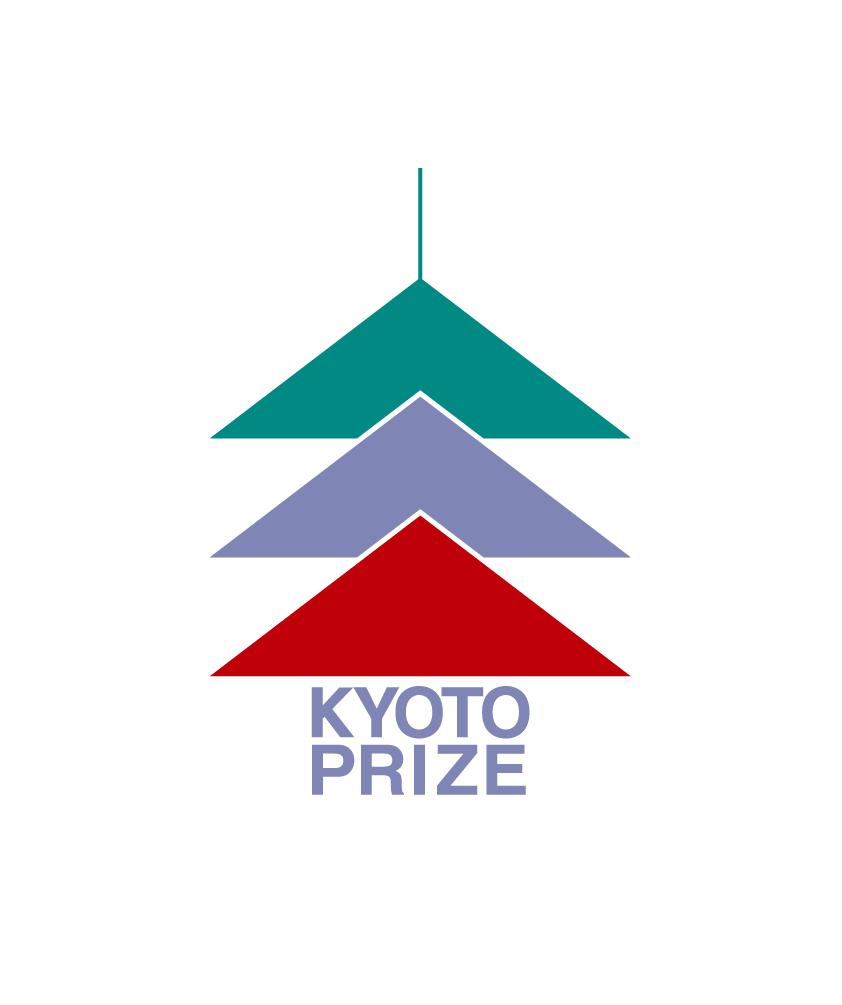“Metamaterials, invisibility, & perfect lenses: a new world for electromagnetism”
Presentation Abstract:
In the last few years, a new area of research has emerged as a result of our ability to produce materials with entirely novel electromagnetic properties. Known as metamaterials because they take us beyond the properties of conventional materials, they display remarkable effects not found in nature, such as negative refraction.
Spurred on by these new opportunities, theorists have produced exotic concepts that exploit the new materials: we can now specify how to make a lens whose resolution is limited not by the laws of nature but only by our ability to build to the stated specifications; we can guide radiation along a trajectory, avoiding objects and causing them to appear invisible; we can design and manufacture materials that are active magnetically in the optical range.
I shall conclude my lecture discussing the latest developments which aim to structure materials in time as well as space - space/time crystals. These materials violate time reversal symmetry and offer possibilities for new devices. Theorists find them intriguing as they offer possibilities for creating Hawking radiation in the laboratory.
There has been a truly amazing amount of innovation, but more is yet to come. The field of metamaterials is developing into a highly disruptive technology for a plethora of applications where control over light (or more generally electromagnetic radiation) is crucial, amongst them 5G/6G technology, satellite communications, solar energy harvesting, stealth, biological imaging and sensing, and enhanced MRI scanners.
Prof. John Pendry will be introduced by Prof. Richard Averitt and Associate Prof. Micheal Frazier of UC San Diego.
John Pendry is the 2024 Kyoto Prize Laureate in Advanced Technology. He is a Professor of Theoretical Solid State Physics at Imperial College London and the UK’s leading theoretical physicist. After earning his Ph.D. at University of Cambridge, Pendry’s initial research concerned a low-energy electron diffraction theory for examining and measuring the surface of materials for practical purposes. He theoretically demonstrated that materials with electromagnetic properties not found in nature, such as negative-refractive-index materials (metamaterials) can be created by designing microstructures smaller than the wavelength of the target electromagnetic waves. This groundwork helped create innovative materials such as “superlenses” with subwavelength resolution and “invisibility cloaks”. In 2014 he was recognized by the Kavli Prize in Nanoscience.





